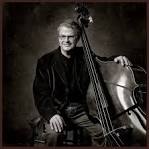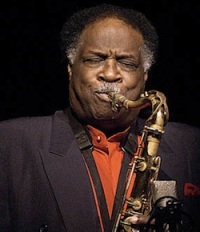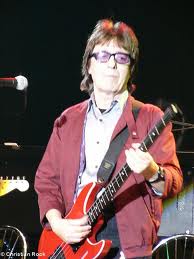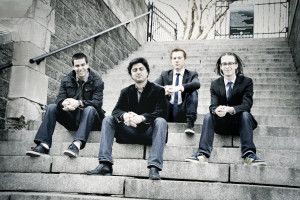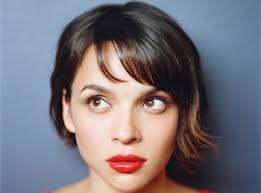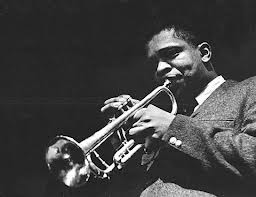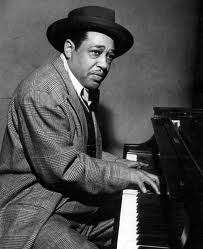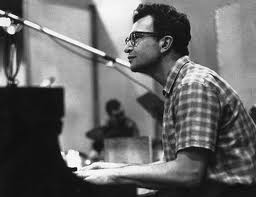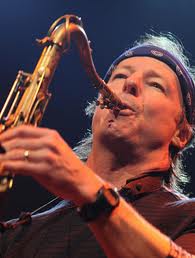Three clashing jazz festivals and one memorable show
BRILLIANT: Canadian band The Shuffle Demons at Blue Frog, Mumbai, on November 26
THIS evening, three exciting jazz festivals are slated to begin. All of them will last three days, but while the Reclamation Jazz festival will be held in Mumbai and the Jazz Fest 2014 in Kolkata, keep guessing where the Goa International Jazz Live will take place. Sadly, nobody in the world has six feet to make it to all three places.
Such clashing of events is quite common in Hindustani classical music, where one often has to choose between five or six places on a single evening in the same city during season-time. But having three major jazz festivals on the same three days is unfortunate. If planned differently, the true-blue jazz fans could travel from one city to another and attend different shows.
While India has been hosting some fantastic jazz festivals of late, most of them are in November, when the music season has just begun. Besides the three festivals happening this weekend, you had the Jazz Utsav in Delhi and the Shisha Café International Jazz festival in Pune. Considering that at one time we only had the iconic Jazz Yatra, which eventually made way for Jazz Utsav, this trend of having multiple festivals is more than welcome. Yet, one feels some of them could happen at different times of the year.
Through the year, many cities have a fair number of one-off shows, some of which are organised by foreign diplomatic and educational bodies. Besides Mumbai and Delhi, one finds a lot of good stuff in Bangalore and Kolkata. Recently, Mumbai hosted a rare big band concert by Russian saxophonist Igor Butman and his group, and on December 1, the Sachal Jazz Ensemble, a fusion-jazz group consisting of musicians from India, Pakistan and the UK, plays at the Tata Theatre. While that’s good news, one hopes the jazz fever continues a little longer and doesn’t vanish by the year-end.
—
TALKING of jazz shows, the act that really blew me this year came from Toronto, Canada. Called The Shuffle Demons, they played at the Blue Frog on Wednesday in what was one of the most foot-tapping sets heard in Mumbai in a long time.
The band was brought in by the organisers of Ragasthan, the popular desert camping festival that is held near Jaisalmer, and whose dates for next year have been fixed for February 12 to 15. A host of Indian and international acts are slated to perform, and it promises to be a great experience.
What set The Shuffle Demons apart at the Ragasthan pre-event party was their sheer energy and vibrancy. Though their set lasted only 70 minutes and they played just seven numbers, they simply wowed the crowd with their brand of happy music.
The band played a well-blended amalgam of jazz, funk, hip-hop, reggae and world music, and never ceased to surprise with the directions their tunes took. Plus, all the five members were natural showmen, dressed in distinct costumes, jiving on stage and beginning and ending their show by doing a round of the venue.
The other unique thing about The Shuffle Demons was their line-up. While the rhythm section was manned by drummer Stich Wynston and bassist Chris Banks, they had three saxophonists – Richard Underhill, Ryan Oliver and Shawn Nykwist. There were no guitars or keyboards, and all five musicians chipped in with vocals.
The band began with the pieces ‘Perry’s Groove’ and ‘One Good Turn’. The other tunes included their favourites ‘Cheese on Bread’ and ‘Spadina Bus’, and a version of the Charles Mingus tune ‘Wednesday Night Prayer Tune’ lent variety. One only wished they had played another half an hour.
The Shuffle Demons will play tonight at the Goa festival, followed by appearances in Bangalore, Kolkata and Delhi. The tour is also being used to promote their latest CD ‘Clusterfunk’. Surely, their shows are not to be missed. So do try and shuffle across and hear them if you’re in one of these cities.

